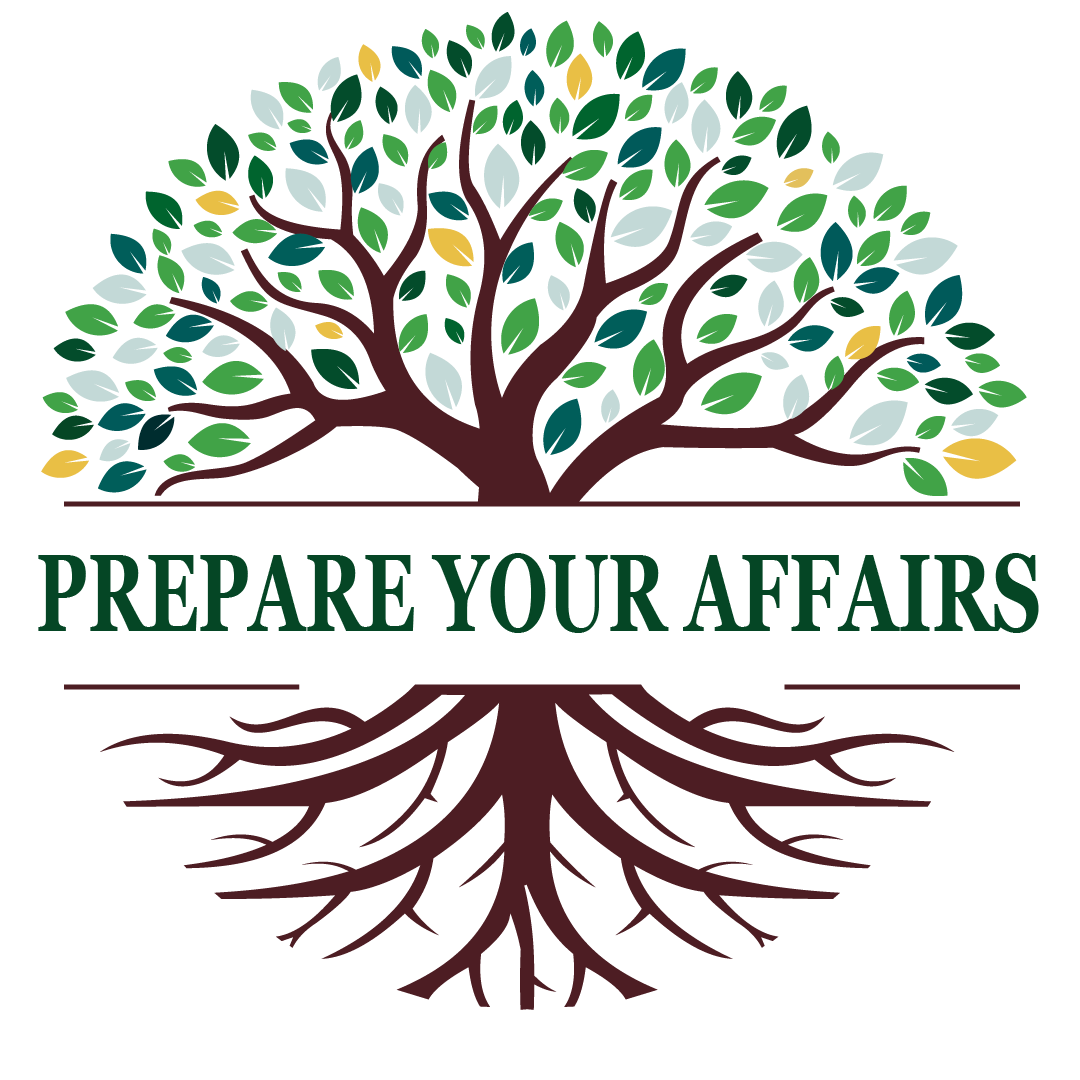Avoid a Family Scavenger Hunt: How to Keep End-of-Life Documents Safe and Accessible
Most end-of-life plans include important documents such as a will and/or trust, insurance policies, advance directives, powers of attorney, investment and bank account information, and legal and financial advisor contacts. These documents contain sensitive information and need to be protected. They also need to be accessible to the right people at the appropriate time.
Nothing is 100% Safe
When considering how to keep your documents safe and accessible, it's important to recognize that no method is completely foolproof. Hard copies can be stolen, photocopied, or scanned with a phone. Digital files aren’t immune either—hackers can steal your passwords, or cyberthieves might find ways to infiltrate your cloud storage. And even if your digital files are perfectly secure, they’re useless if your loved ones can’t find or remember the password.
The key is to find a balance between security and accessibility that works for you and your family.
Options for Printed Documents
For those who prefer physical copies, consider the following options:
Home Safe: A fireproof and waterproof home safe can be a good option. Make sure it’s securely anchored and that only trusted individuals know the combination or where the key is kept.
Safe Deposit Box: This offers high security but comes with the challenge of limited access. Ensure that a trusted person has the legal right to access it in case of an emergency.
Binders or Notebooks: We prefer the binder method because it keeps everything organized in one place, making it easier for your loved ones to find what they need in a stressful time. We've even created a 125-page binder with 15 different categories of information, available as a fillable PDF. You can update it over time, and either store it digitally or print it out for safekeeping.
Options for Digital Documents
If you’re more comfortable with digital storage, here are some strategies:
Cloud Storage: Services like Google Drive, OneDrive, iCloud, or Dropbox offer convenience and accessibility from anywhere. However, ensure you use strong, unique passwords and enable two-factor authentication for added security.
Password-Protected Files: Even if you store your documents digitally, you can add an extra layer of protection by password-protecting individual files. Just remember to share the password with your trusted contacts.
Encrypted USB Drives: For a more portable option, consider storing your documents on an encrypted USB drive. These drives can be kept in a safe or given to a trusted person for emergency access.
Backups
Don’t forget to backup your digital files and/or have additional copies of printed documents. Ideally the copies will be kept in a different location so that a house fire or a crashing computer won’t destroy them all.
Don’t rely on your attorney to be the backup. Many don’t keep copies and if they move or sell their practice, your documents might get lost in the process. If your attorney does store documents for you, make sure they keep updated copies and discuss their policies on document storage and transfer if they retire or sell their practice.
My parents decided to send each of us kids copies of their important documents. Not only does it provide extra copies, but it also allows each of us to review them and ask questions.
Who Should Have Access?
It’s important to identify who should have access to your end-of-life documents. This could be your spouse, adult children, or a designated legal representative. Make sure these individuals know where the documents are stored and how to access them. Transparency is key to avoiding confusion or conflict later on.
Regular Updates
As your life changes, so too should your documents. Whether you’ve moved, remarried, or revised your wishes, it’s important to review and update your documents regularly. Keeping both digital and physical copies up to date will ensure your plans are current and your loved ones are prepared. In addition, change your passwords regularly, especially if you need to change who the contacts are who will manage your affairs if something happens to you.
Emergency Access
In an emergency, time is of the essence. Consider how your loved ones will access your documents quickly if needed. You might keep a copy with a trusted person or use a digital service that allows for emergency access under specific circumstances.
Practice
Just like elementary school, hold a “fire drill” occasionally to test how quickly your contacts can access your documents. Call the designated contacts and say, “This is a drill. Pretend I’ve been in a terrible accident. Please access my important documents and accounts in the next 24 hours. Then let’s get together to discuss how we can make it easier in a real situation.” Consider holding these drills annually or whenever you make significant updates to your documents.
Final Thoughts
Ultimately, the best storage method is the one that feels most comfortable for you and is easiest for your loved ones to access. Whether you choose a physical binder, a safe, or a digital storage solution, the goal is the same: to ensure that your end-of-life documents are safe, secure, and readily available when needed.
By taking the time to organize and secure your documents now, you’re not just protecting your wishes—you’re also giving your loved ones the gift of clarity and peace of mind when they need it most.
Have you experienced the “scavenger hunt?” How did your loved one make it easier for you? Share your thoughts with us at this link.
Cheers!
Corey
P.S. Don’t forget to check out our free downloads to help in your personal end-of-life planning.
